Located just 20 kilometers from downtown Hanoi, Boi Khe Pagoda in Song Khe Village, Tam Hung Commune, Thanh Oai District, is a prominent spiritual destination in northern Vietnam. Renowned for its architectural, historical, and cultural significance, Boi Khe Pagoda was officially recognized as a National Special Relic in 2025.
This is one of the oldest pagodas in the former Ha Tay province, with a sprawling compound covering more than 8,400 square meters. It is considered one of the largest and earliest-established temples in the Red River Delta.
According to Nguyen Van Cong, Head of the Pagoda’s Ritual Advisory Committee, Boi Khe Pagoda is dedicated to both Buddha and Saint Nguyen Binh An - also known to locals as Saint Boi - giving it a unique dual-worship architectural style.
The temple follows the traditional “noi cong - ngoai quoc” layout and faces west. Key features include the tower garden, five-gate entrance, brick bridge, stele house, Buddha shrine, sanctuary, and halls honoring the temple's patriarchs and mother goddesses.
At the front stands a spacious courtyard. To the left is a row of five ancient stupas, while to the right lies a shrine dedicated to Duc Ong (the temple guardian deity). Two heritage trees - a sacred bodhi tree and a 400-year-old banyan - have been recognized as Vietnamese heritage trees. The grounds also feature three sacred lotus trees symbolic of the temple.
Unusually, instead of the typical three-gate entrance (tam quan), Boi Khe Pagoda has five gates (ngu mon). Its bell tower houses two bells, compared to the standard one at most temples.
The two main architectural clusters are the Buddha shrine and the sanctuary. The Buddha shrine includes the forecourt (tien duong), incense altar (thieu huong), main worship hall (thuong dien or Tam Bao), two side corridors, and the central worship area (Dai Bai), arranged in a square shape. The rear halls connect to the sanctuary behind, forming a layout that resembles the character “gong”.
The porch of the Buddha shrine features intricate carvings on beam ends, roof brackets, and door cornices, including embossed images on decorated brick steps.
The sanctuary follows a two-tiered, eight-roof design supported by a system of ornate brackets, considered a masterpiece of Vietnamese woodcarving.
Lining both corridors are 18 stone-seated Arhat statues (nine on each side). The temple also preserves many relics from its founding period, including a lotus pedestal from the Tran dynasty, a wooden Garuda bird carved into the upper roof, stone lantern bases, and statues from the Mac and Le dynasties of significant artistic value.
Among its treasures are 58 statues, including a 12-armed Guanyin seated on a lotus base, two ceramic lamps from the Mac era, and 22 royal decrees.
Most notably, Boi Khe Pagoda houses a 3-kilometer-long underground tunnel system. This tunnel, once used by village militia and locals to resist three French colonial assaults, has been partially restored and is now open for visitors to explore.
The tunnels are between 1 and 1.2 meters wide and stand 1.5 to 2 meters tall, offering a vivid glimpse into the village's revolutionary past.
Each year, the Boi Khe Pagoda Festival is held from the 10th to 12th day of the first lunar month. The temple also hosts a rain-invoking ceremony and a unique village-pairing ritual with Tien Lu Village in Tien Phuong Commune, Chuong My District. These events draw pilgrims and tourists alike to worship, honor the saints, and enjoy traditional festivities.
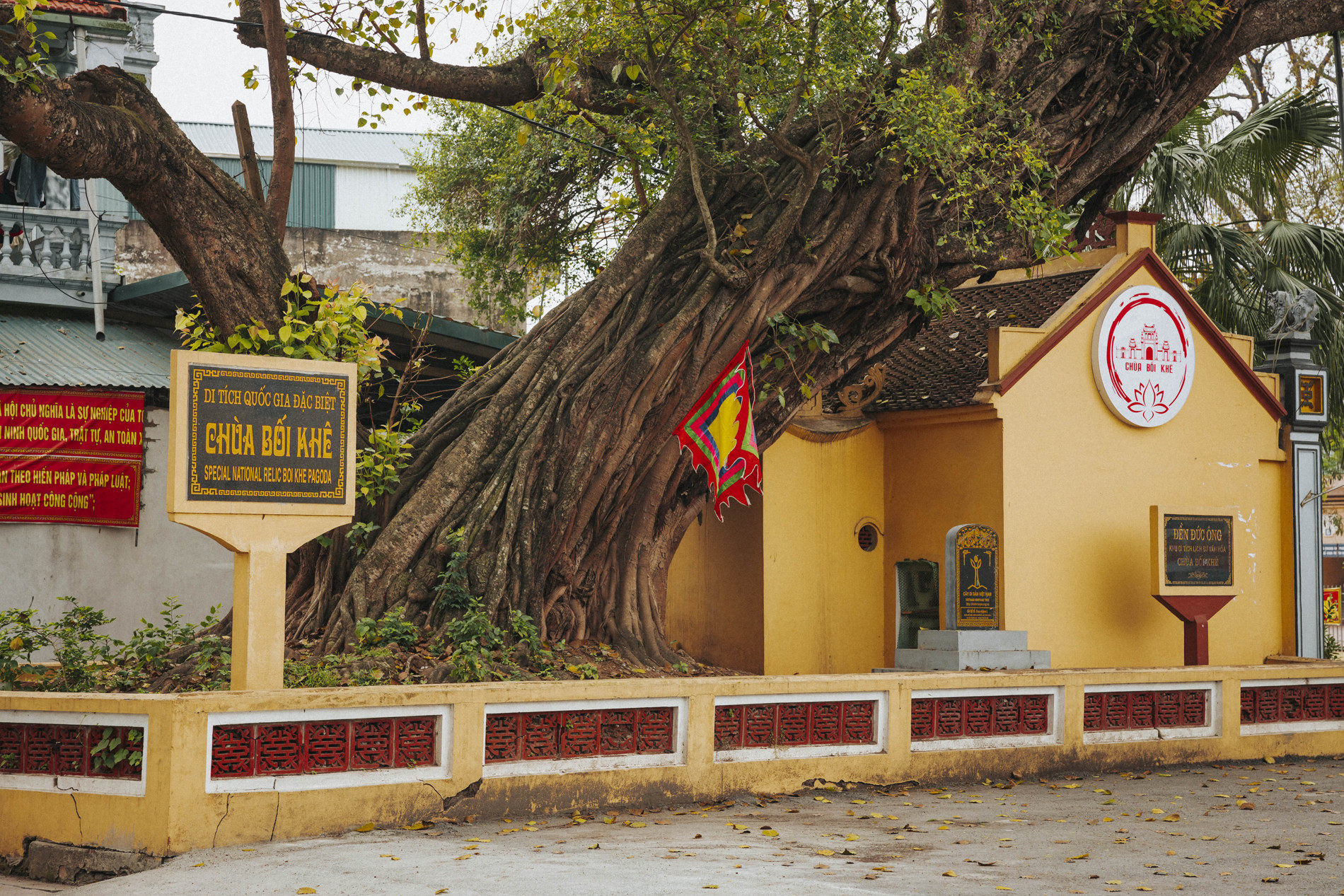
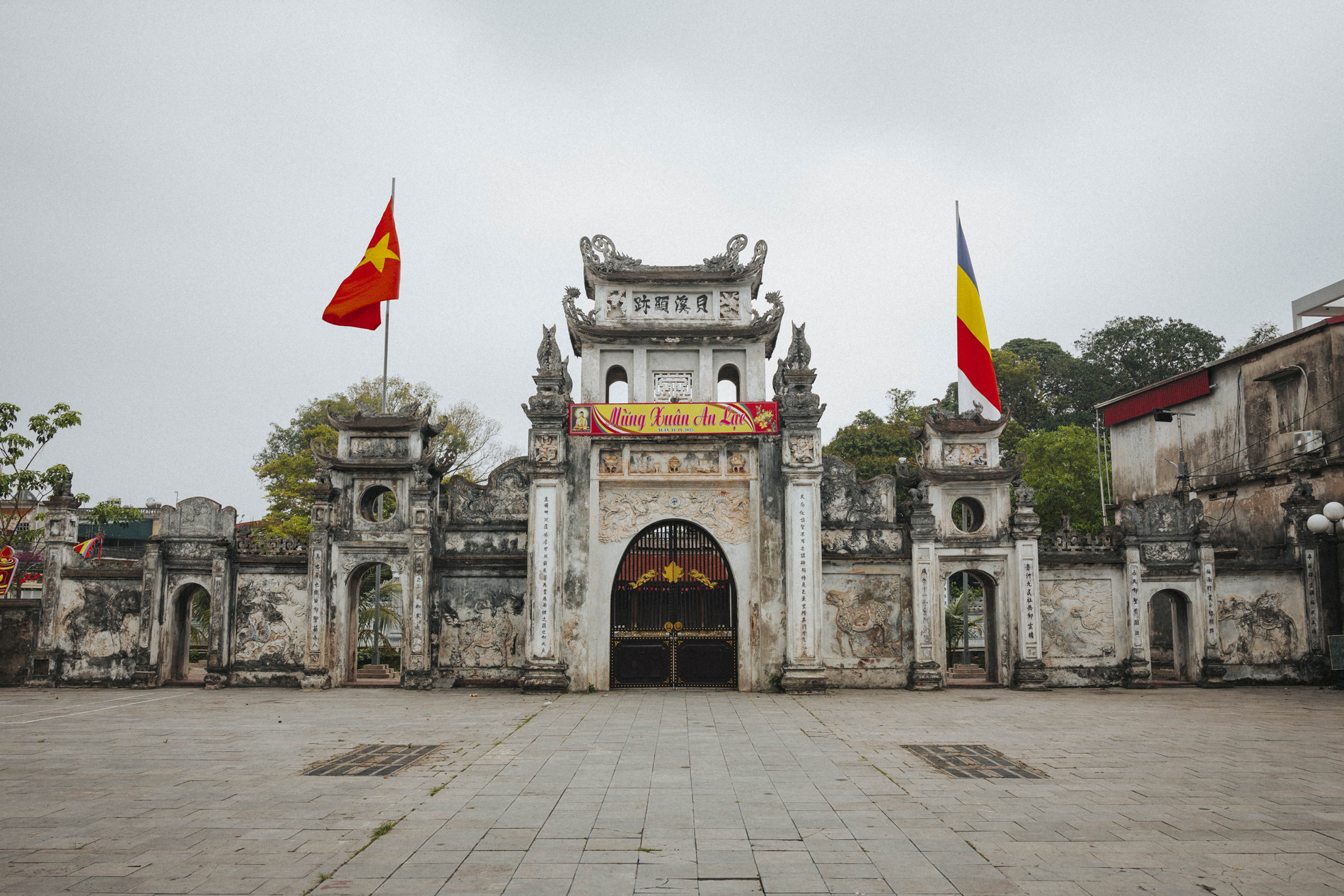

Boi Khe Pagoda is one of the oldest in the former Ha Tay province. Photo: Nguyen Hong Son
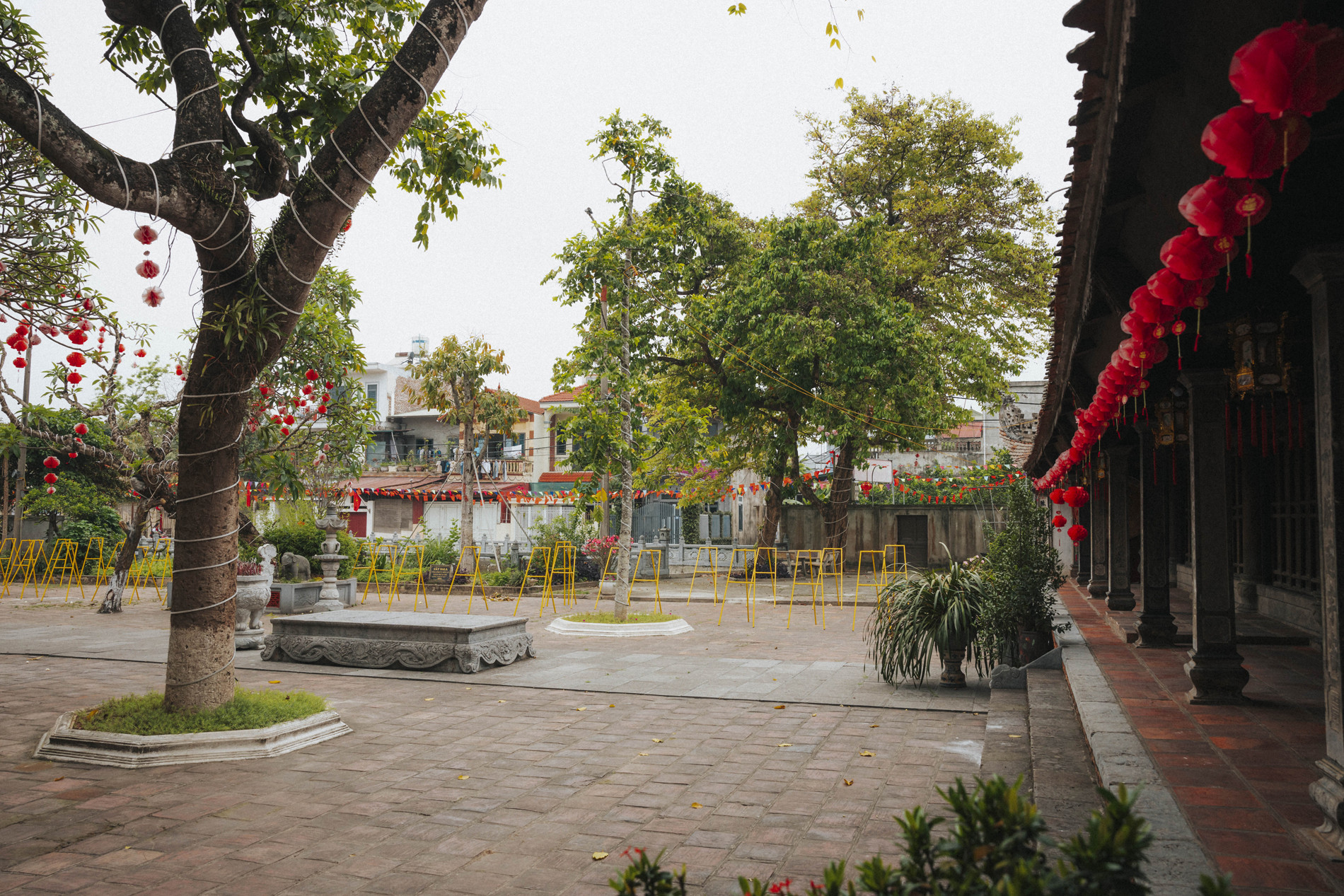
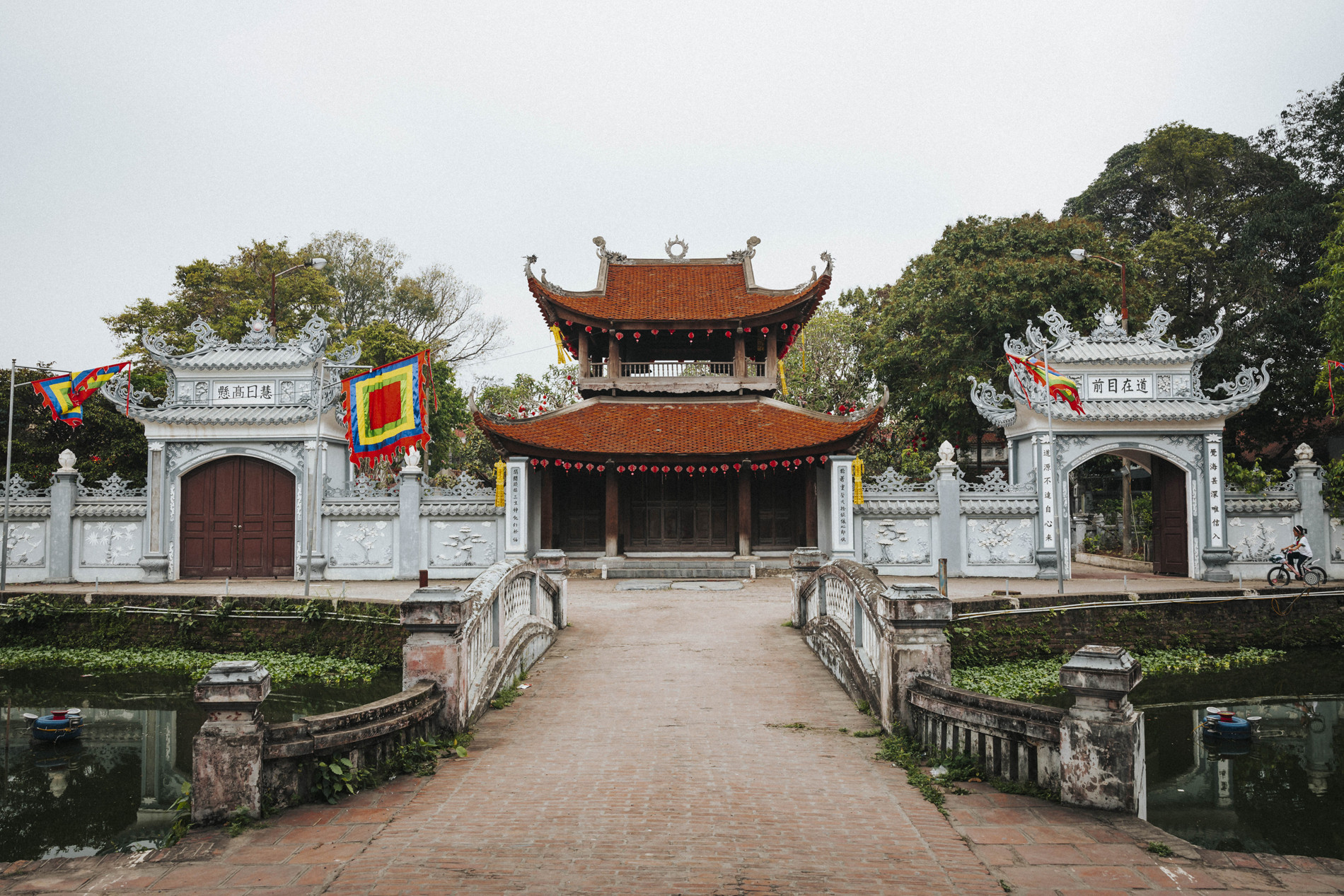
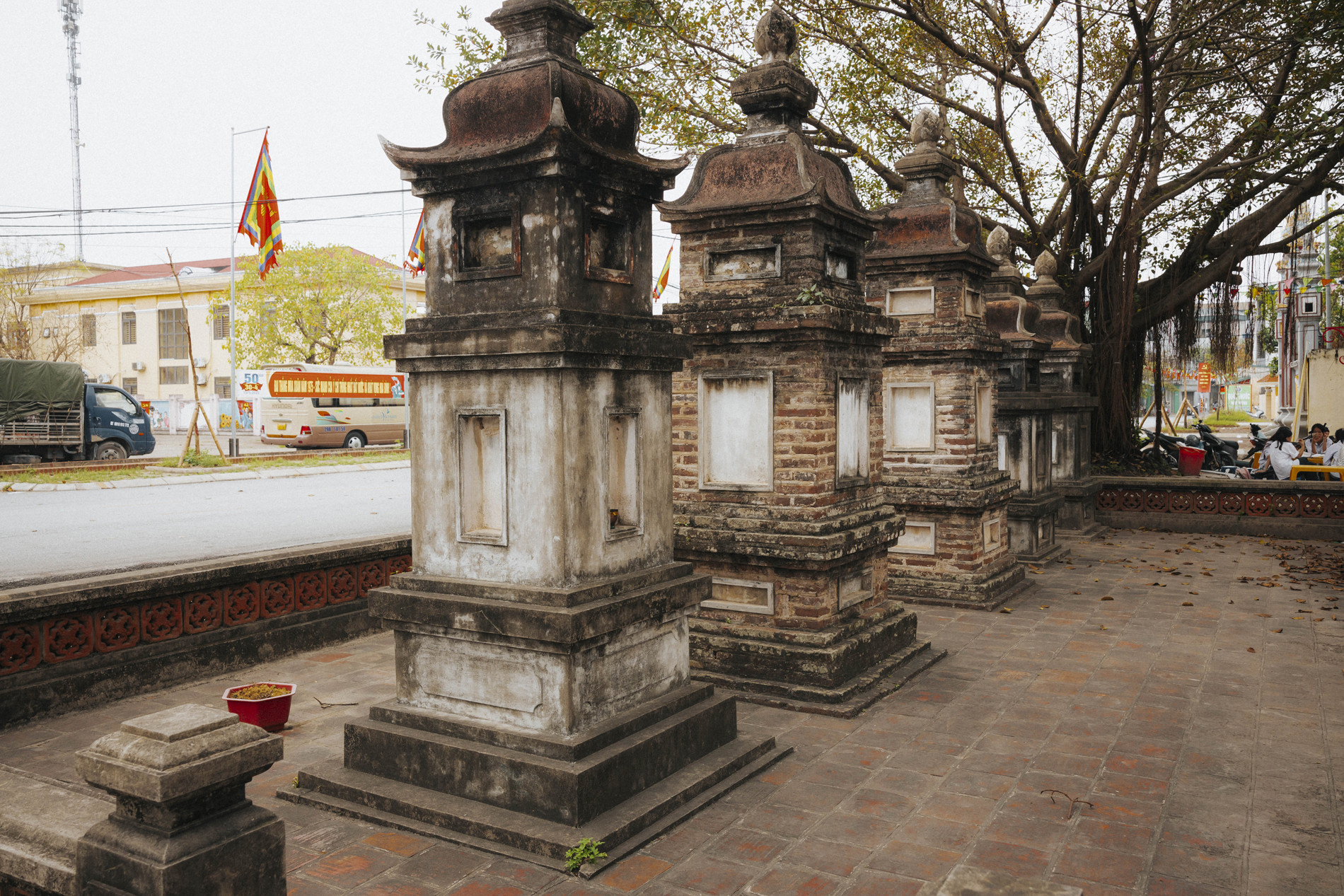
A row of five stupas in the temple grounds. Photo: Nguyen Hong Son
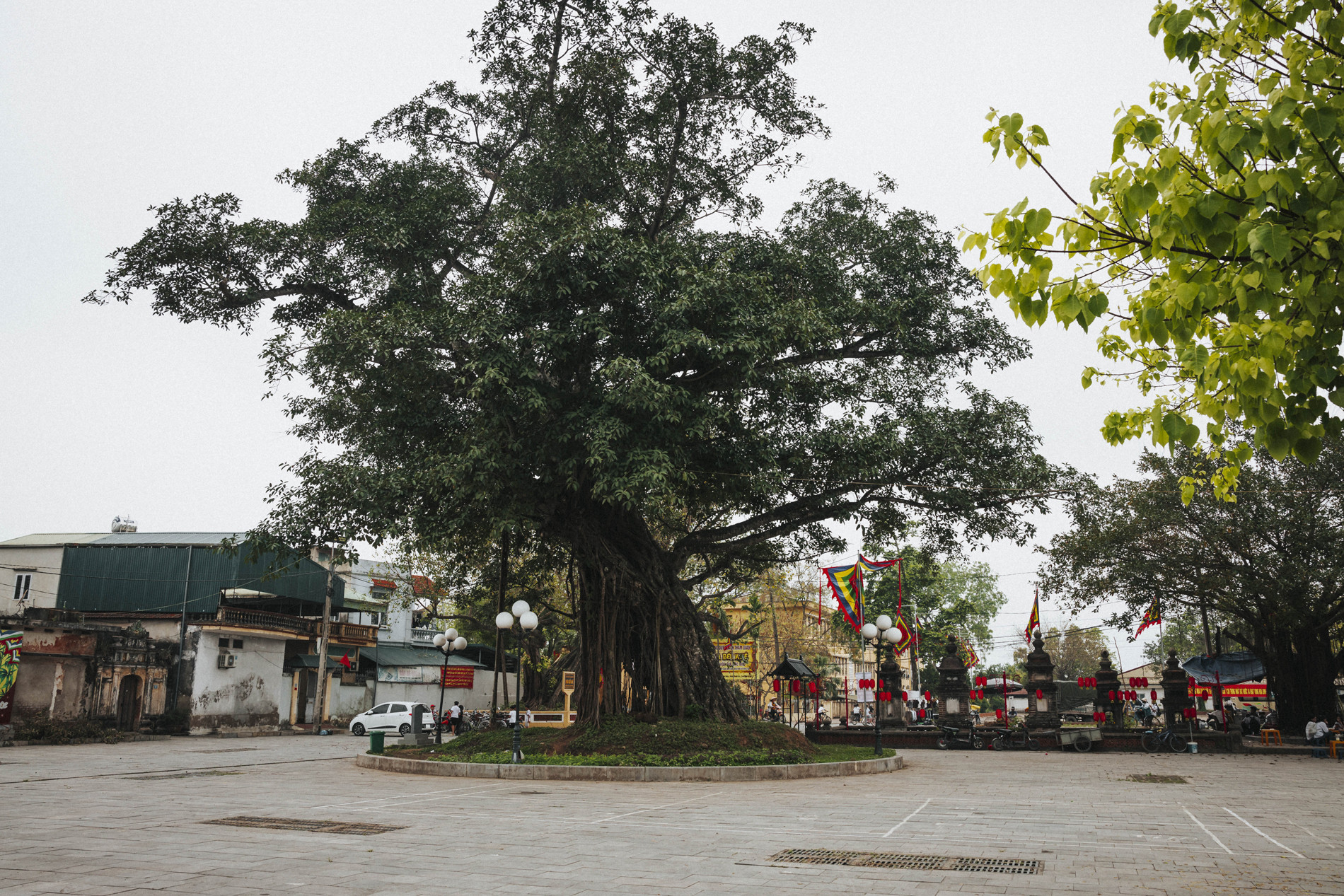
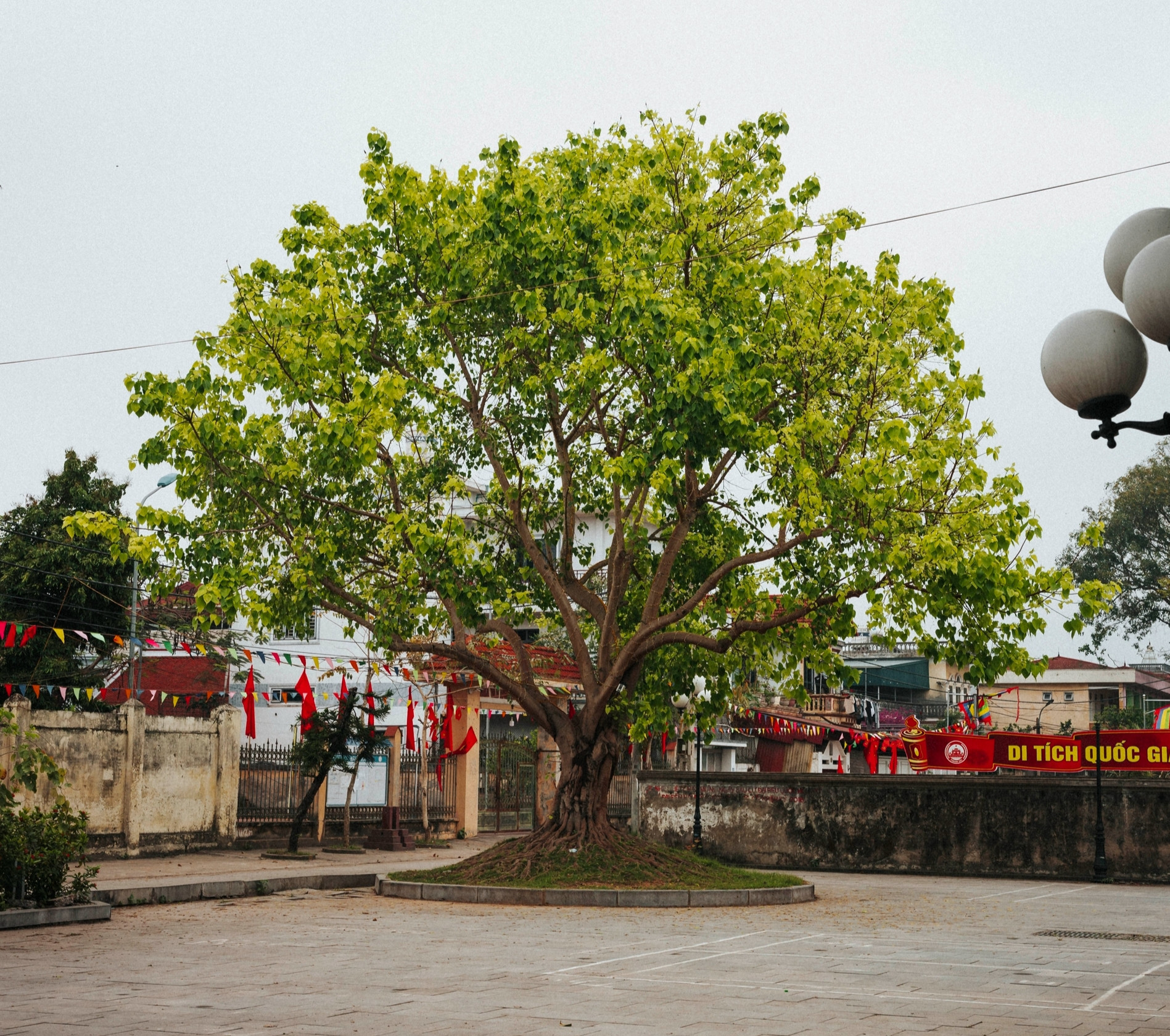
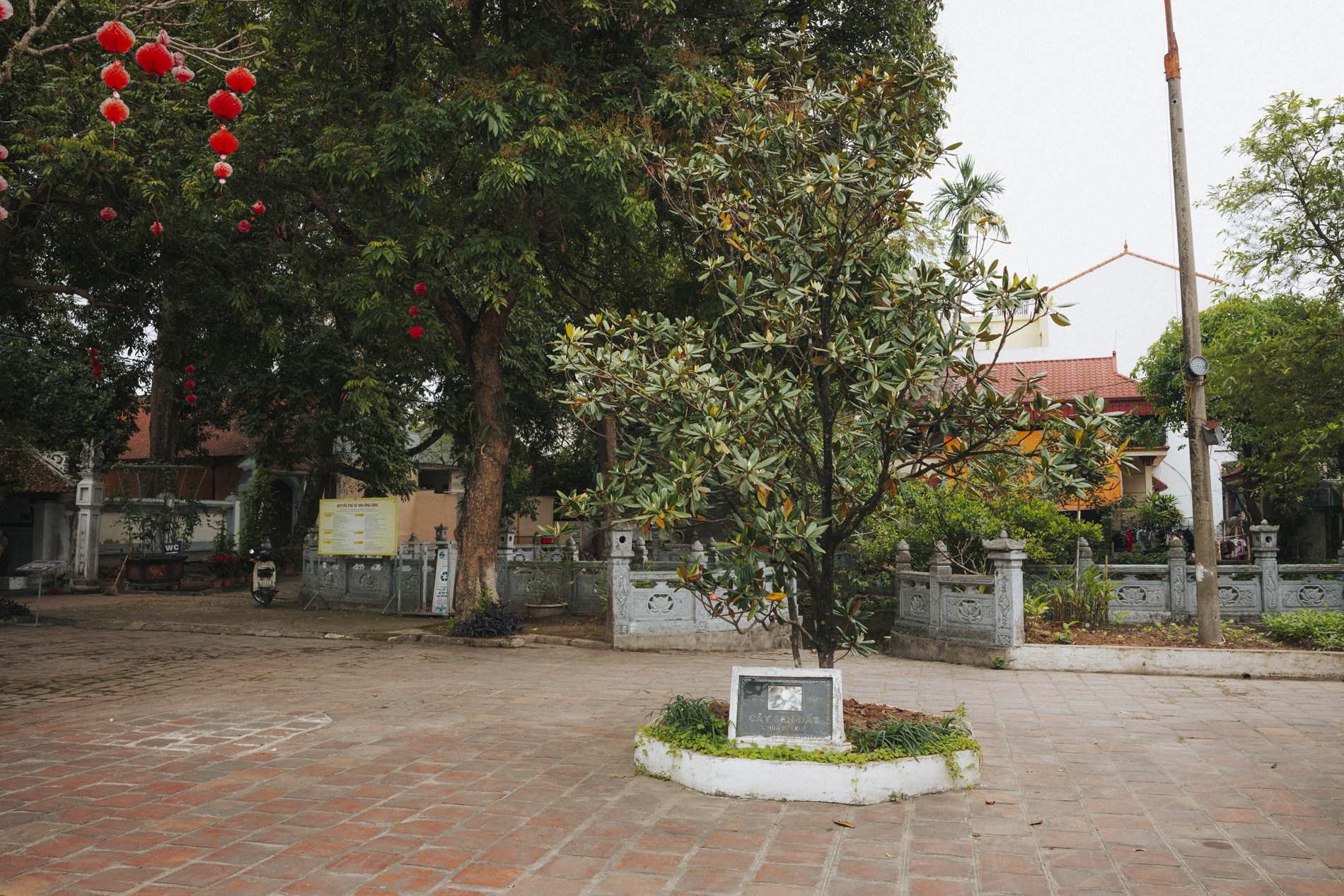
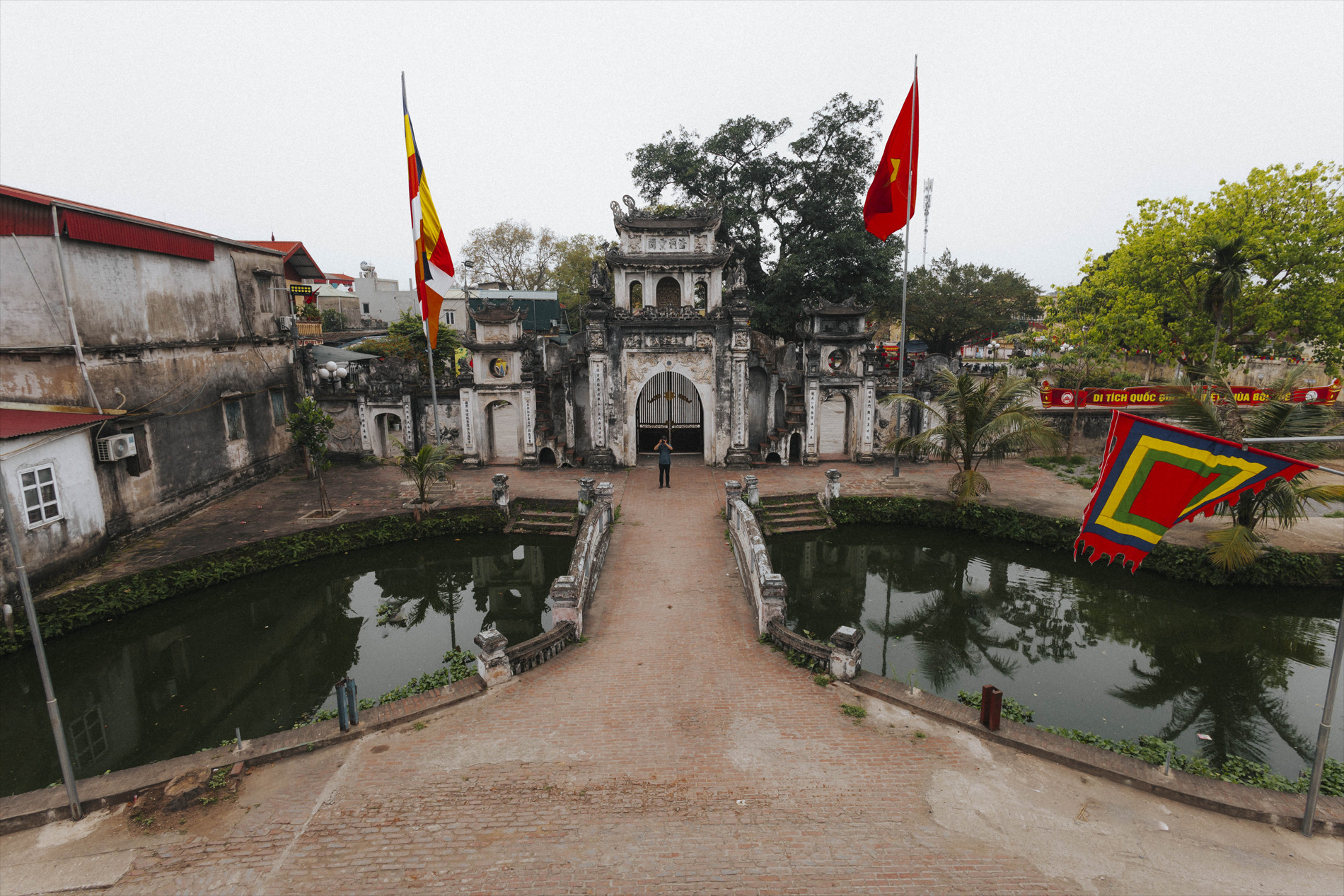
Temple entrance viewed from inside. Photo: Hong Quang
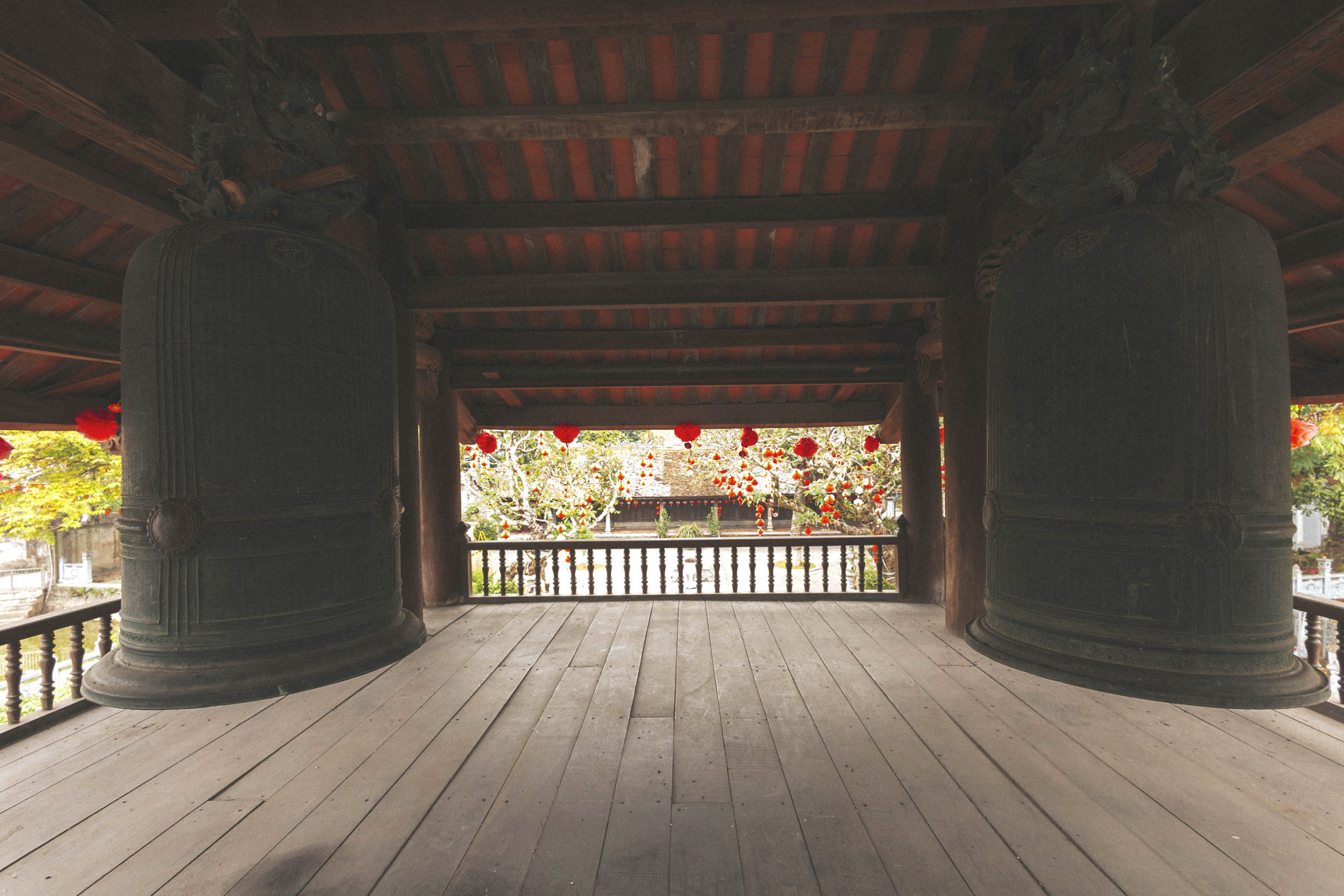
Twin bells, each 60 cm in diameter and 1 meter tall, sit atop the bell tower. Photo: Hong Quang
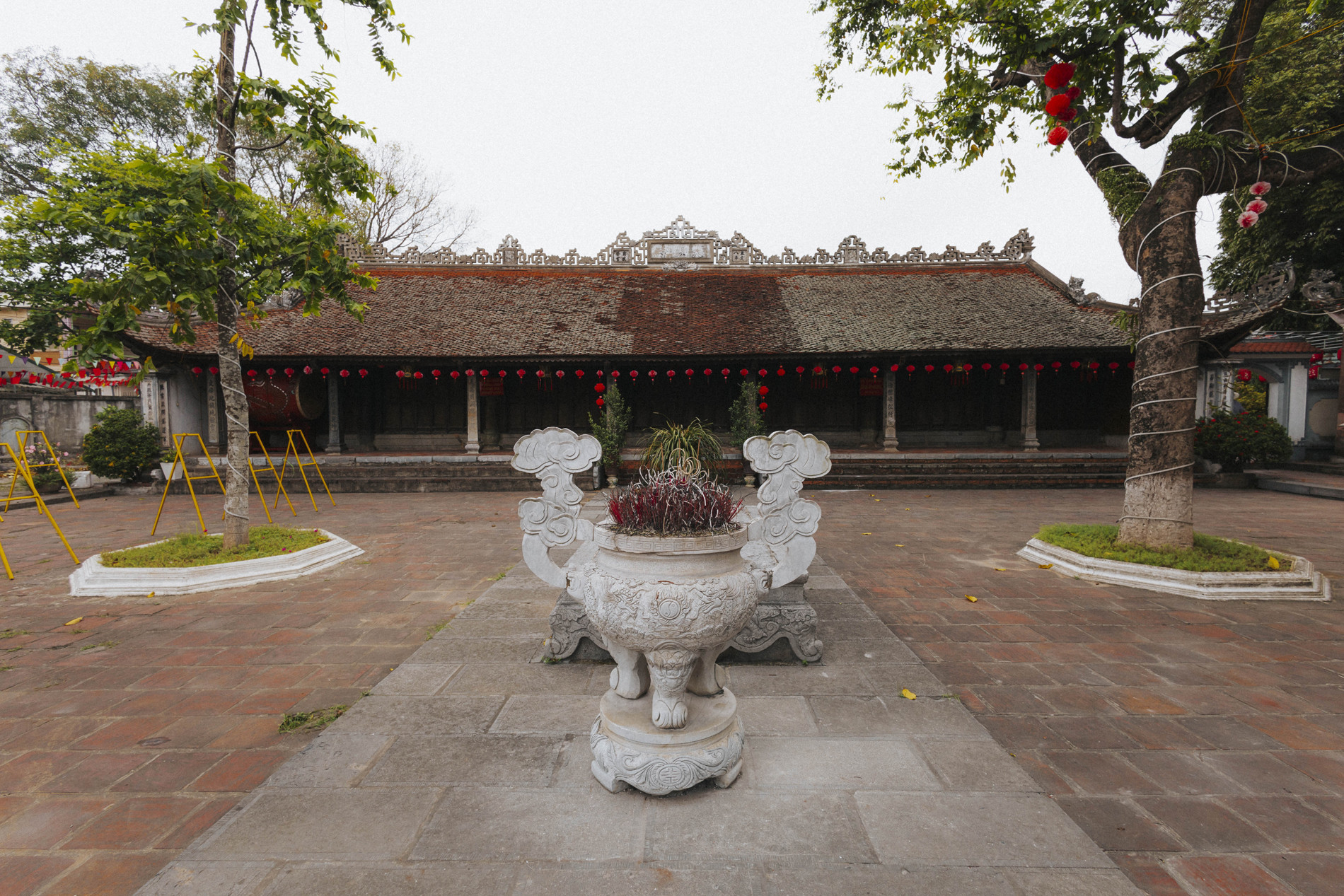
The tranquil, green courtyard of the pagoda. Photo: Hong Quang
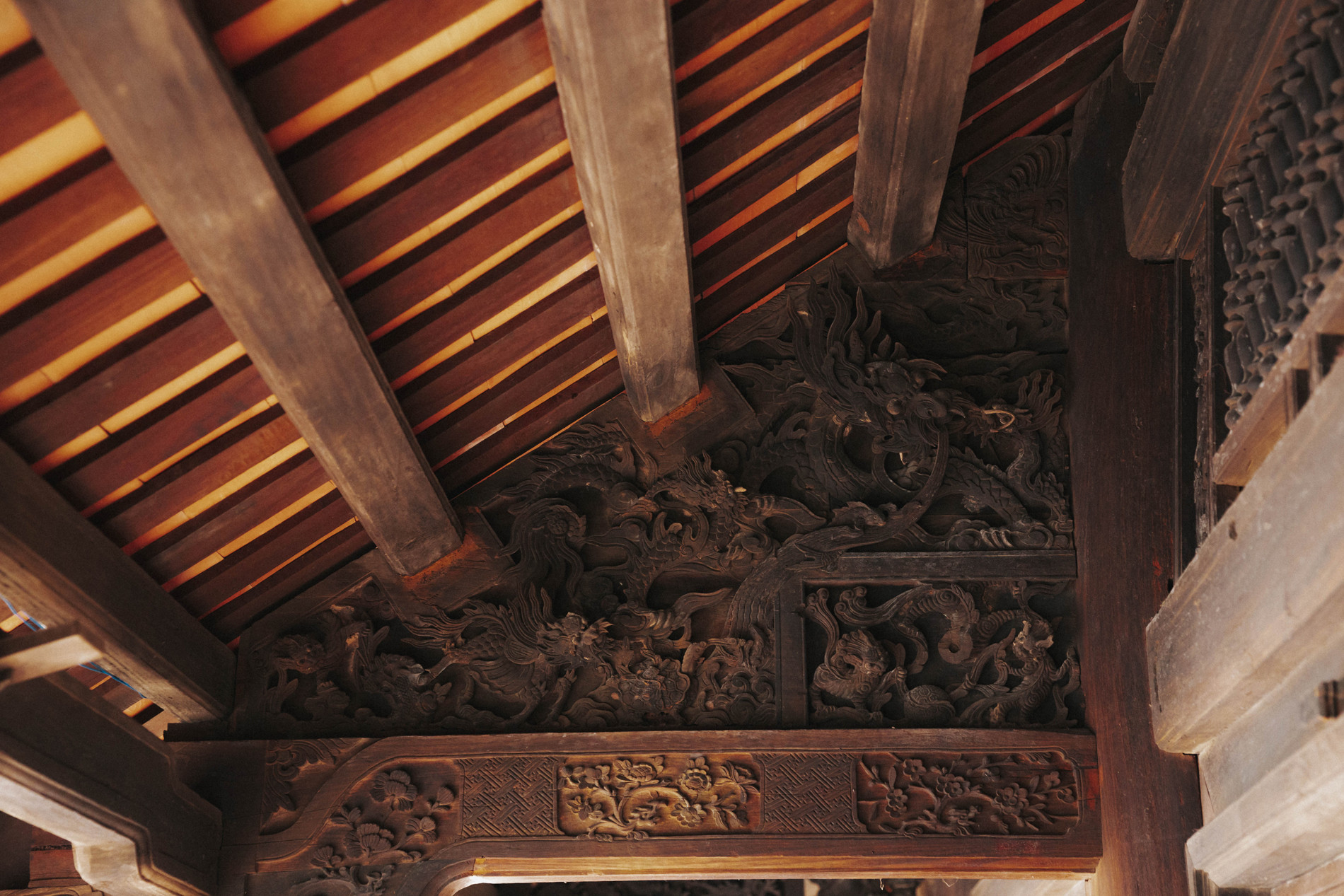
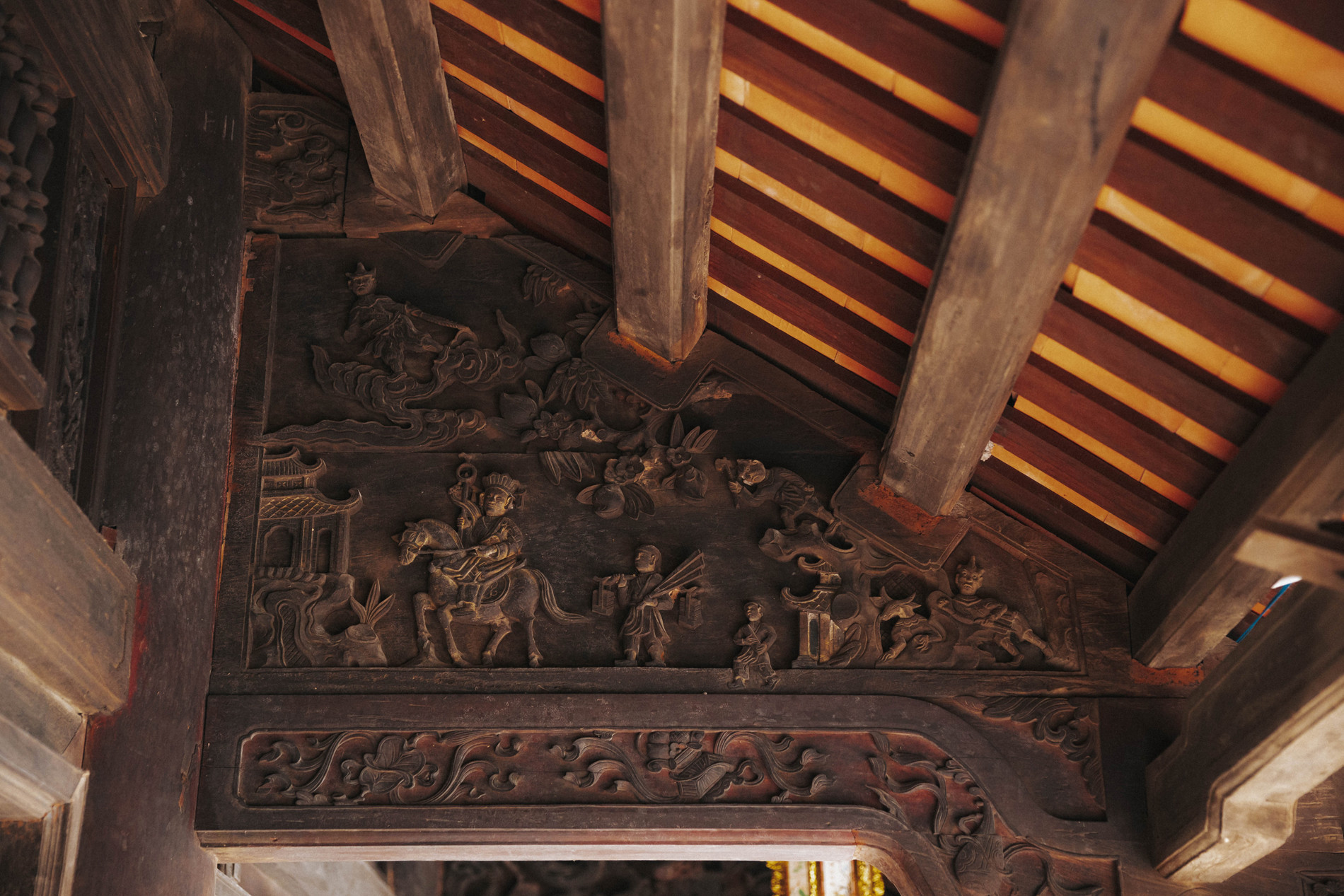
Intricate carvings adorn the eaves. Photo: Nguyen Hong Son
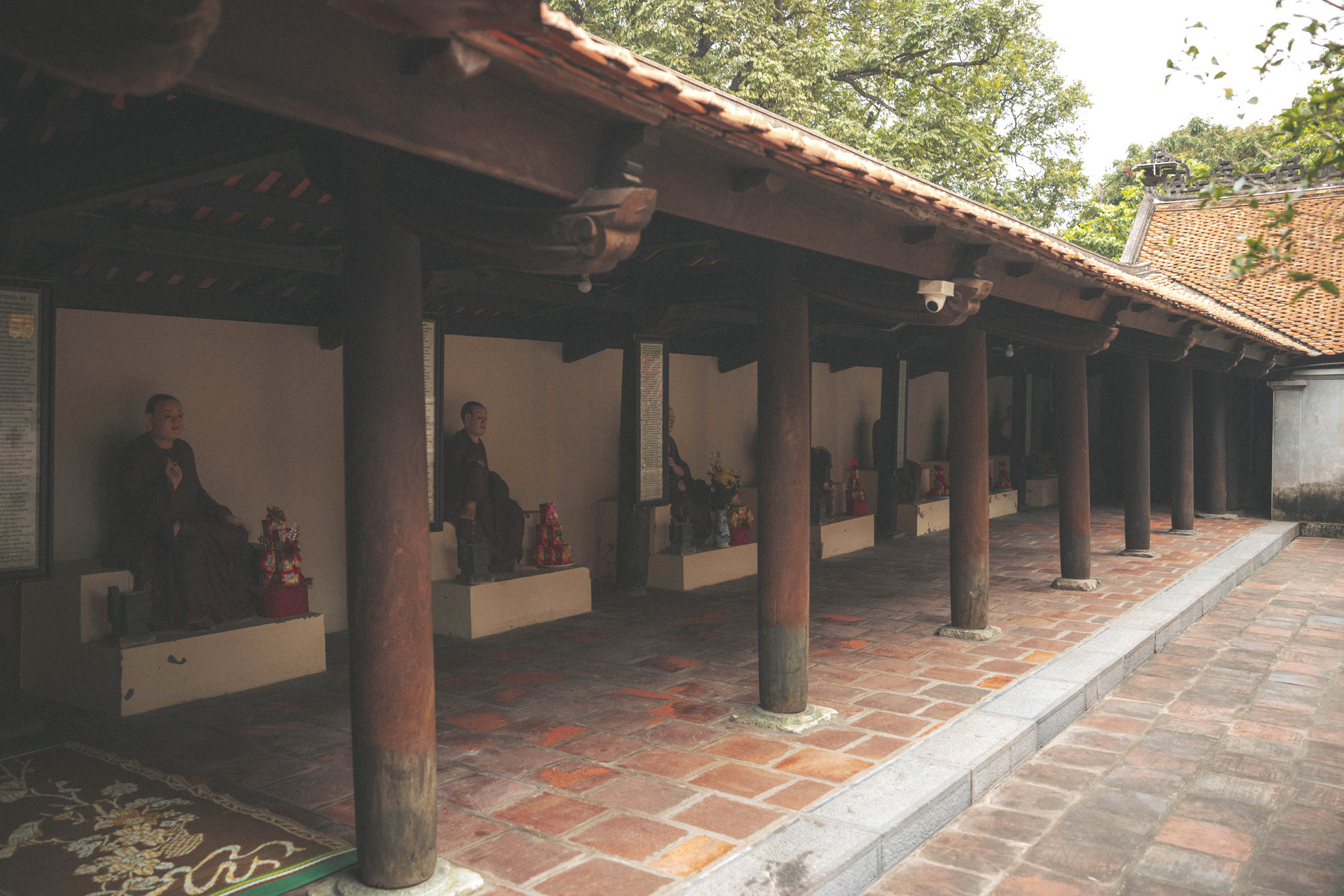
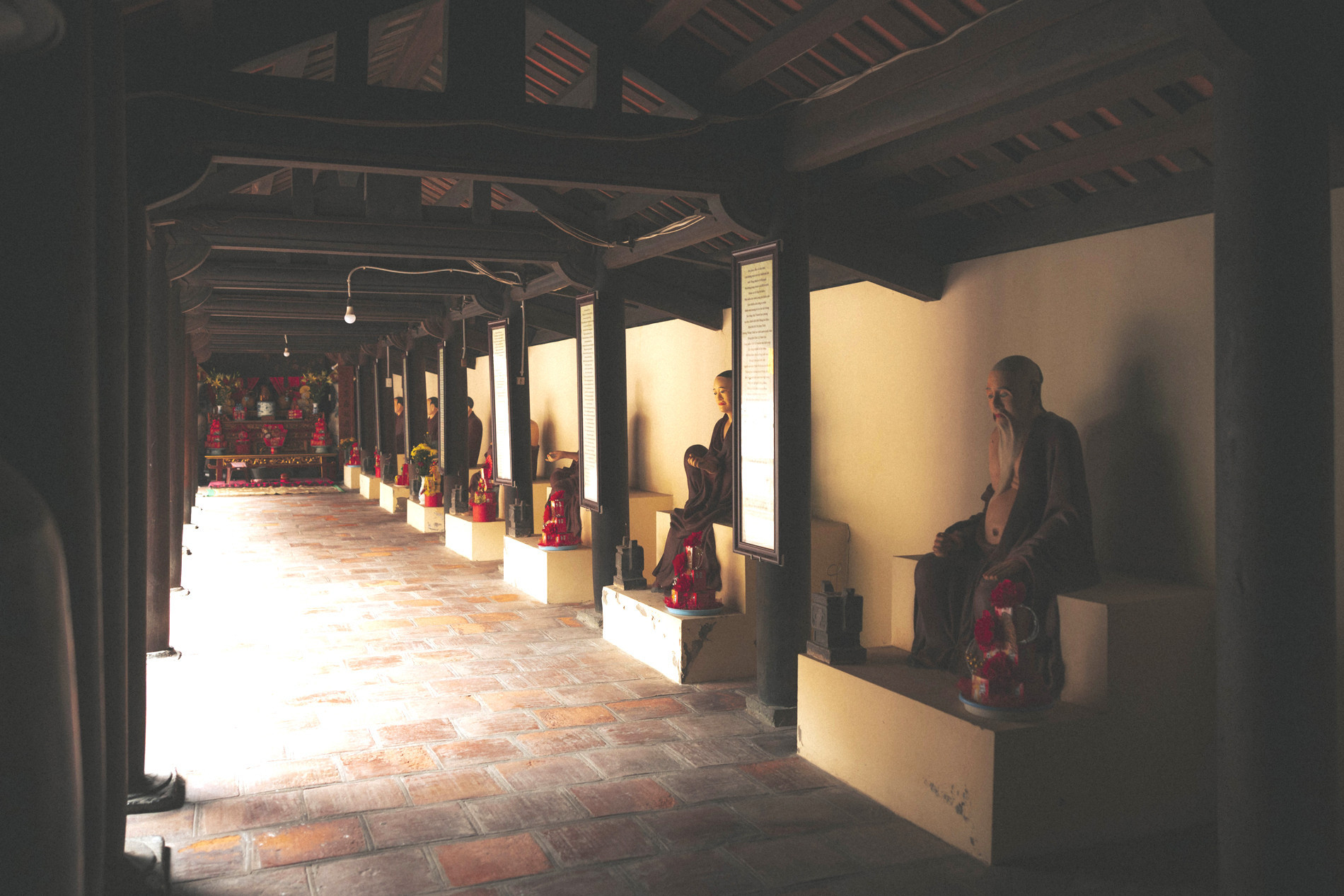
Along the two corridors are 18 Arhat statues. Photo: Nguyen Hong Son
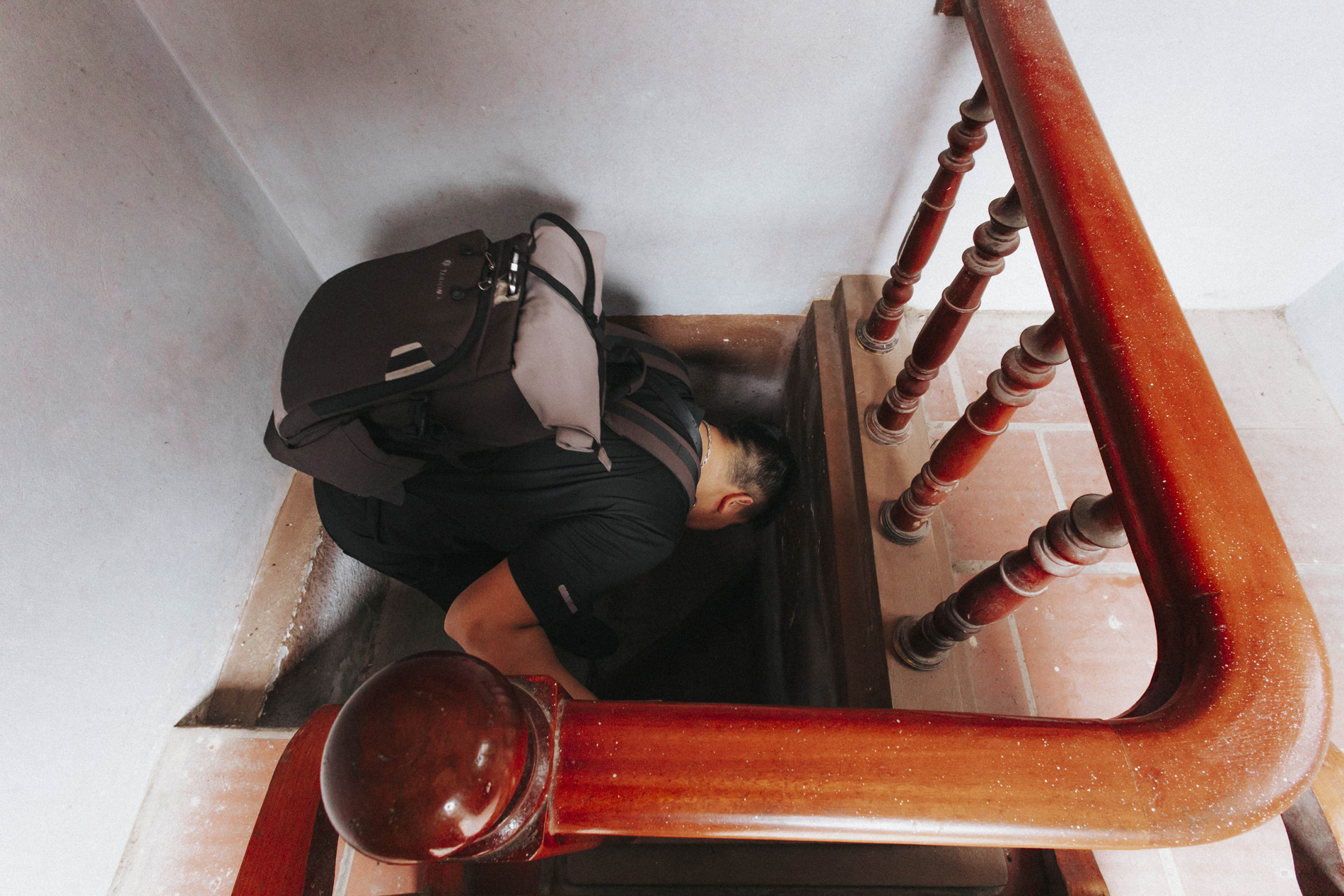
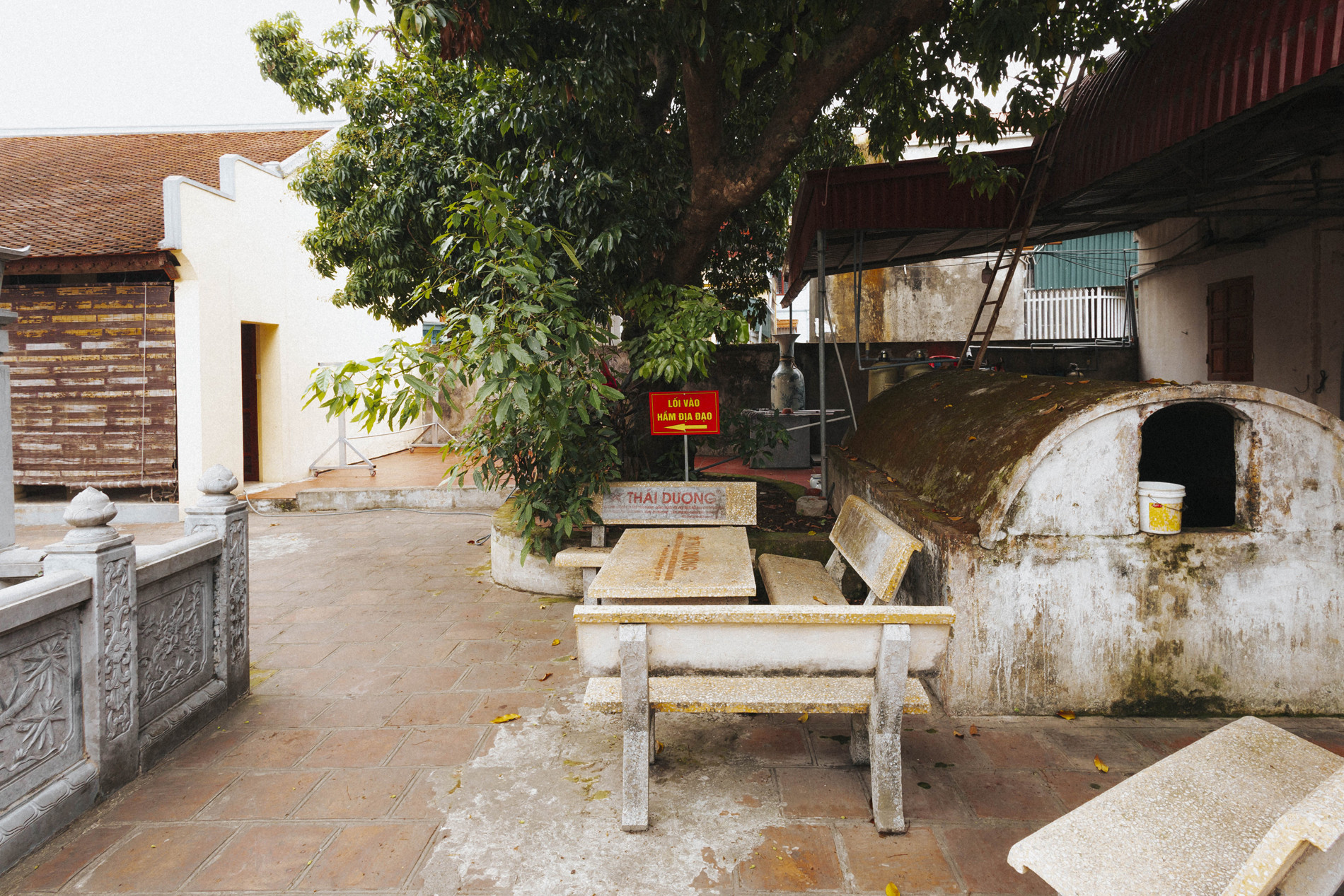
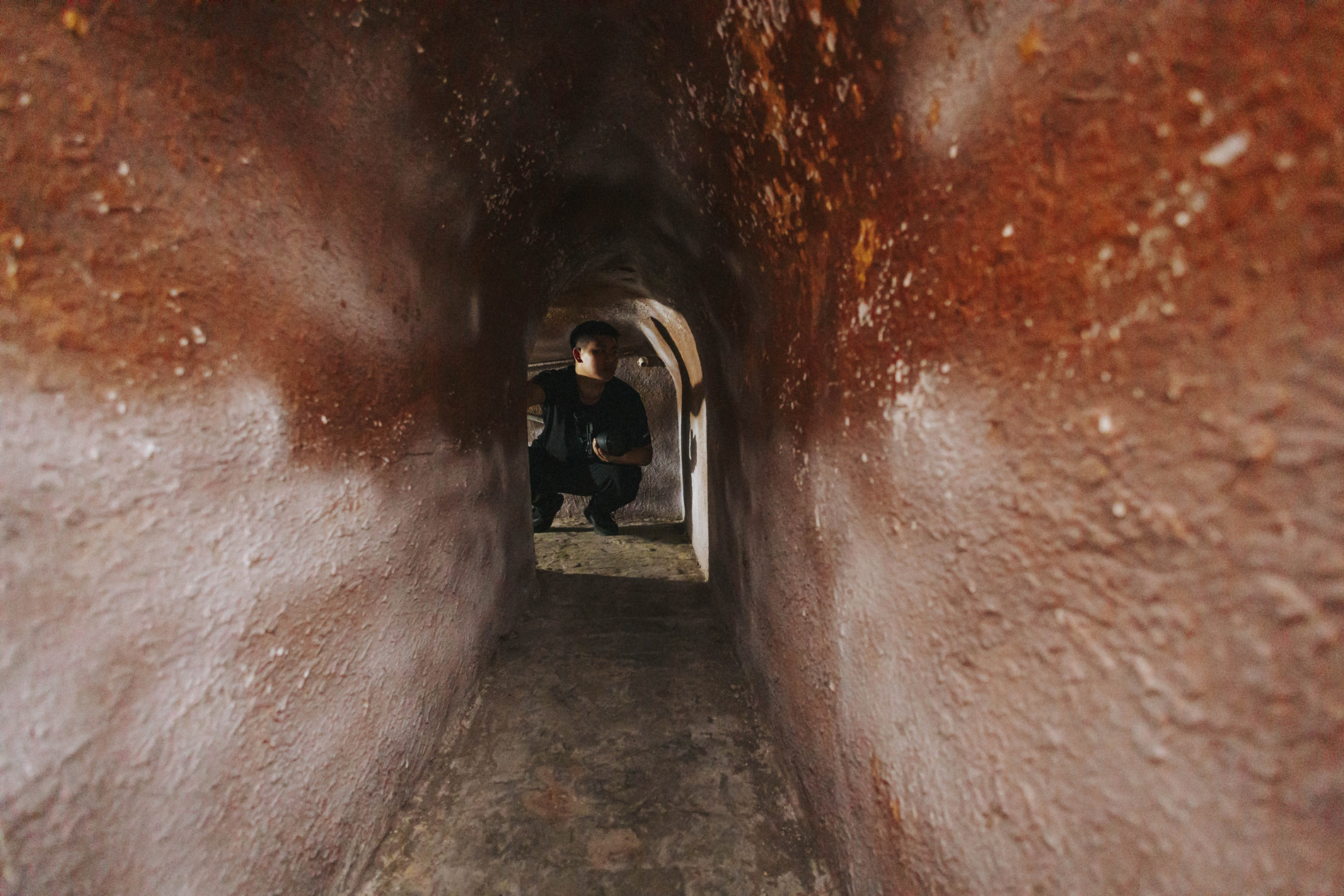
An underground tunnel within Boi Khe Pagoda. Photo: Hong Quang
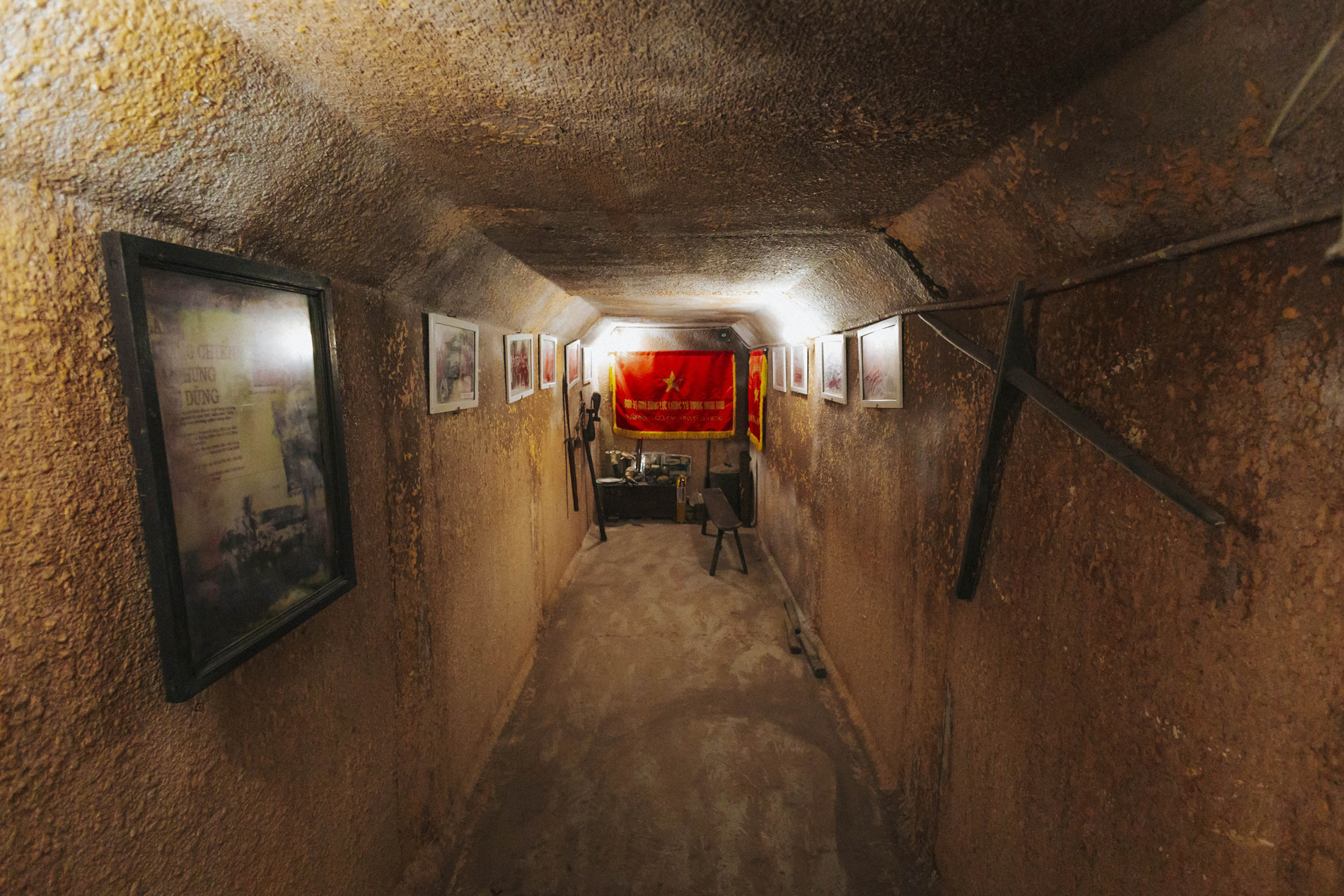
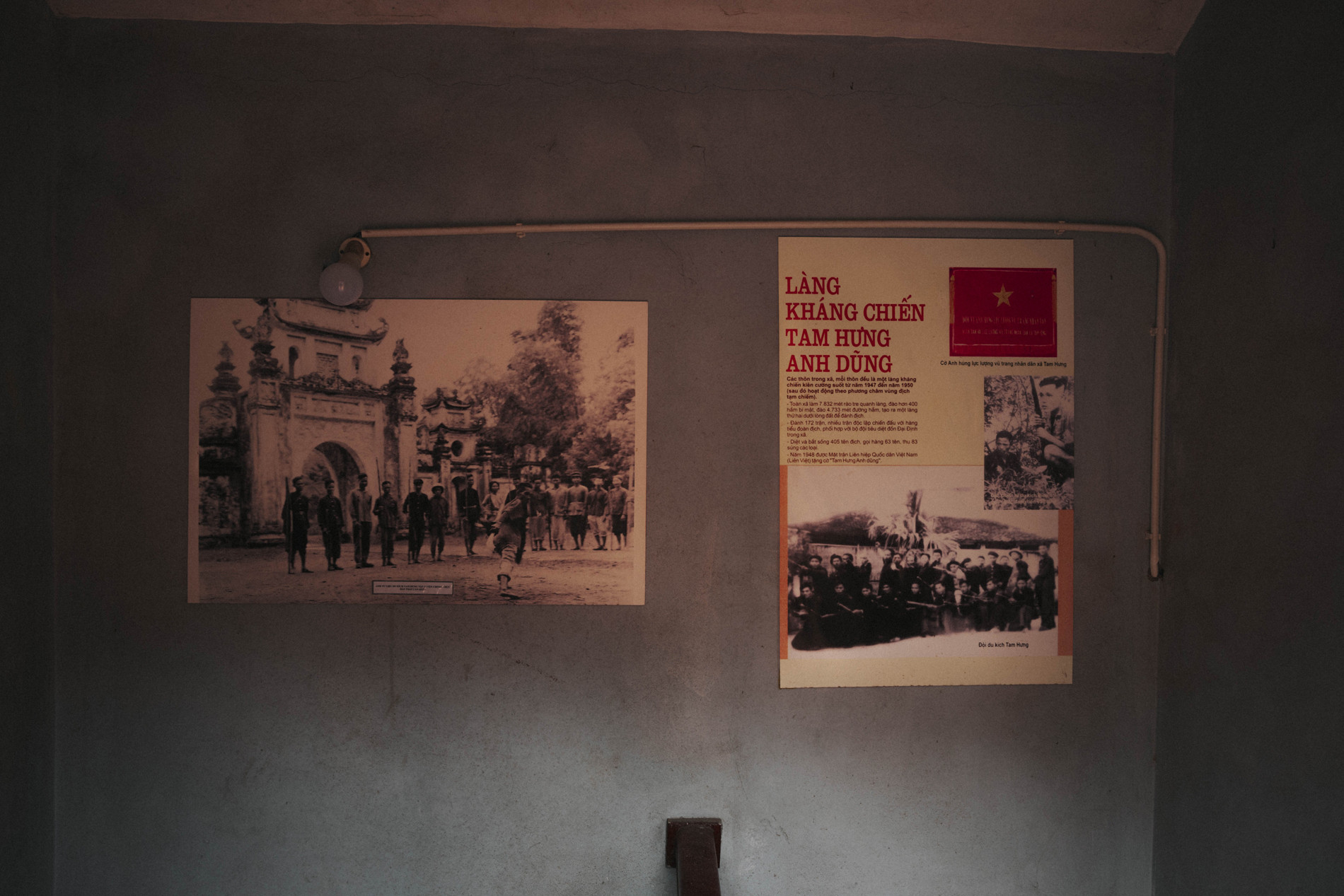
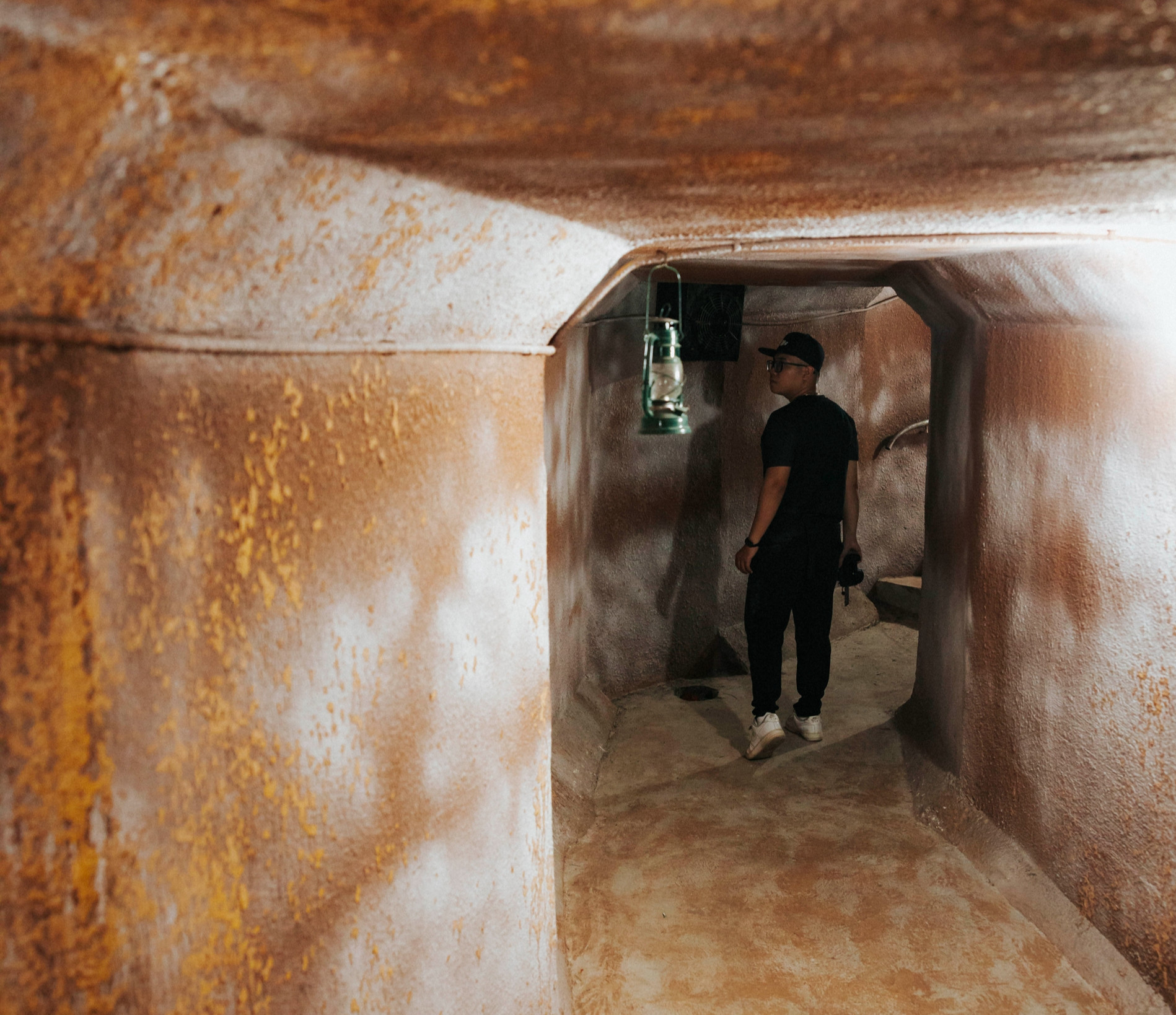
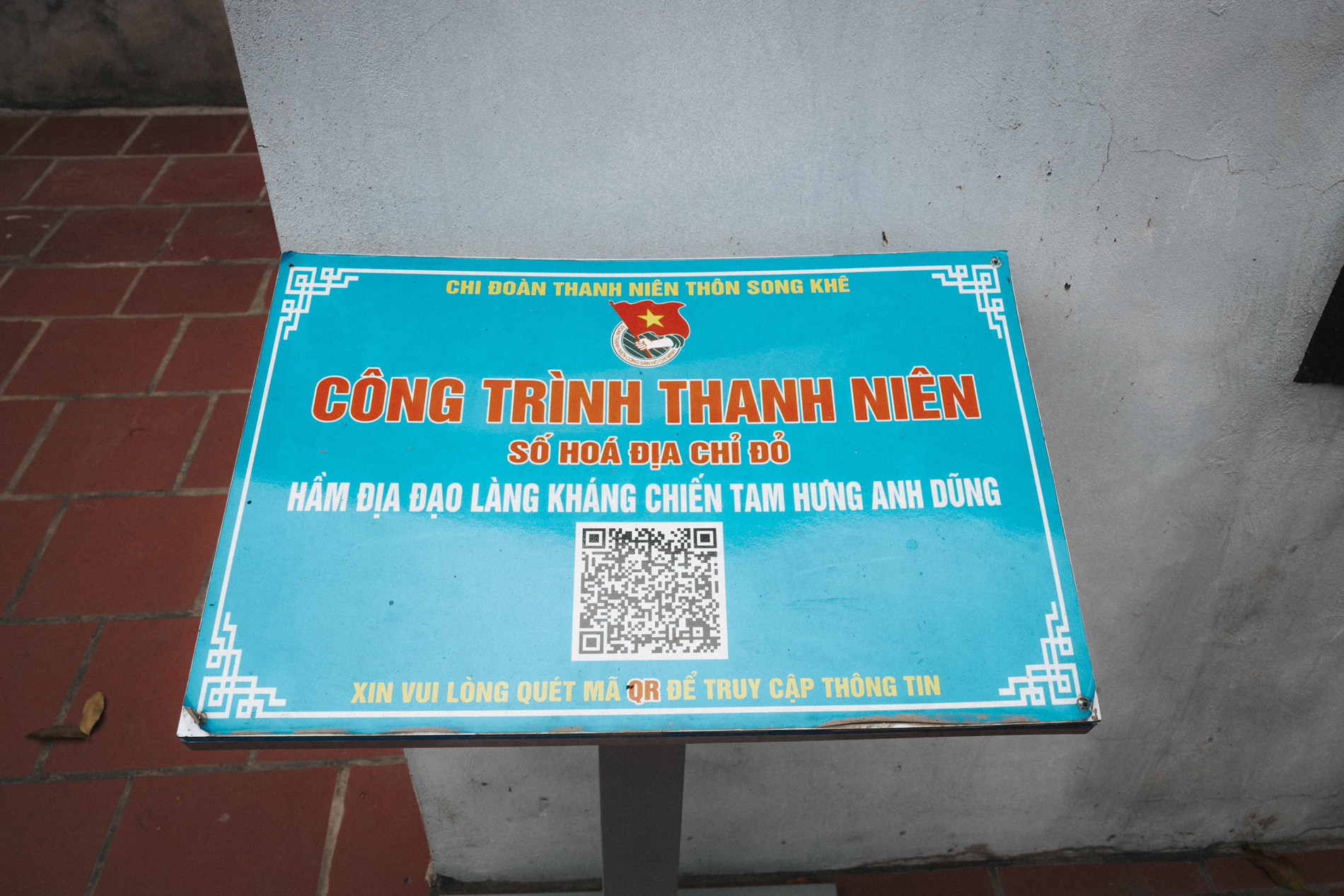
Thao Trinh